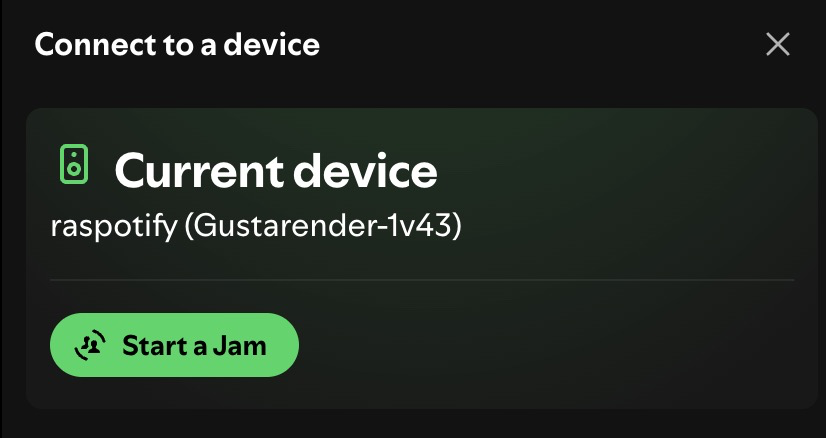Hi everyone, I have put quite some effort into tuning my chain for better performance. I'm currently feeding it via Coaxial from a WiiM Pro, powered by a 5V linear PSU. Additionally, I've implemented grounding/NFC filters, high-quality coaxial cables, and mechanical isolation (ceramic feet + stone bases). These tweaks have already brought clear and immediate improvements, roughly 10% uplift in stage width, depth, and low-level detail — significantly more than I experienced with HQPlayer over NAA, which in my case only brought around 2% improvement.
I originally planned to go with a Volumio Rivo Plus, but switched to the WiiM Pro temporarily due to issues with the R26's LAN input (TIDAL SDK problems, NAA instability, etc.).
Now I'm considering adding a Digital-to-Digital Converter (DDC) to push things even further — specifically the Laiv Harmony µDDC, which supports Coax input and offers a programmable I²S output that should be compatible with the R26.
Has anyone here tried this combination? I'm curious whether the µDDC brings a meaningful uplift when used via Coax input and how well its I²S output integrates with the R26. Some reviewers are quite enthusiastic about it.






















